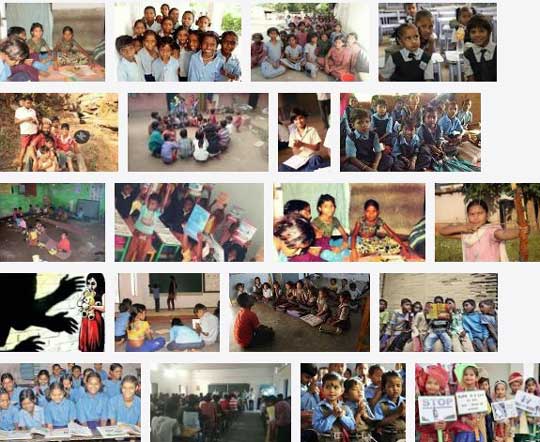
Why does China soar where India continues to struggle? The most basic reason is state priorities towards education.
As of 1947, the literacy rate in India was barely 11%. But the Chinese emulated Japan’s earlier policy choices (and were themselves soon copied by the south east Asian “tigers”) by investing very heavily in primary education. By contrast, Nehru focused national resources on higher and technical education, leaving hundreds of millions out of the nation’s aspirations. Those fateful decisions underlie the trajectory of both countries into the 21st century.
In this regard, the latest annual state of education report (ASER) surveying schools across India illuminates hope, as well as room for improvement. Produced by the giant non-governmental organization, Pratham Education Foundation, “ASER continues to be the only national source of information about children’s foundational skills across the country” and its vast operations involves 500 partner organizations and 25,000 volunteers reaching out to 589 districts encompassing 562,305 children in 17,473 villages.
ASER 2018 reports school enrolment has reached 97% nationwide, and all trends for primary school attendance are up. While it comes at least two generations late, this means that universal literacy is just around the corner for India. But the jubilation must be tempered, because ASER also reports barely half (50.3%) of Class V students can adequately read at second-standard level.
There’s tremendous variation in ASER 2018, as must be expected from the wildly diverse and fiendishly complicated educational landscape across India. In Manipur, 70% of students go to private schools. In Kerala, Class V student reading ability catapulted 10% in two years (Himachal Pradesh, Chhattisgarh and Odisha are not far behind). But states like Jharkhand, West Bengal, Gujarat and Rajasthan are all trending in the opposite direction, which does not bode well for the future of economic growth in many parts of the country. […]
Source: “Small steps out of India’s education quagmire” by Vivek Menezes, Times of India, 20 January 2019
URL: https://timesofindia.indiatimes.com/city/goa/small-steps-out-of-indias-education-quagmire/articleshow/67616637.cms
Date visited: 28 August 2019
Review by PIYUS GANGLULY
SEPARATE IDENTITIES
Contesting Marginality: Ethnicity, Insurgency and Subnationalism in North-East India
By Sajal Das, Manohar, Rs 795This book provides an account of the political movementsinvolving the tribal communities of north-east India: the Nagas, Mizos and Meiteis. Sustained insurgency and the demand for secession finally earned them statehood within the Indian union but not independence, which was their professed goal. […]
In Manipur too the advent of colonialism brought about a change in every sphere of life. The land system introduced by the British was qualitatively different from the pre-colonial one. It involved a thorough monetization, commercialization of agriculture and private land ownership. Meanwhile, the introduction of English education among the leading tribes, calculated to serve imperial strength, also helped the growth of a modern middle class. Das points out that “The British emphasis was on structural detribalization while encouraging the retention of tribal way of life at a superficial level.” […]
Source: The Telegraph – Calcutta : Opinion, Friday, January 28, 2005
Address : http://www.telegraphindia.com/1050128/asp/opinion/story_4272862.asp
Date Visited: Mon Jul 11 2011 15:29:54 GMT+0200 (CEST)
[Bold typeface added above for emphasis]
Tips for using interactive maps
Toggle to normal view (from reader view) should the interactive map not be displayed by your tablet, smartphone or pc browser
For details and hyperlinks click on the rectangular button (left on the map’s header)
Scroll and click on one of the markers for information of special interest
Explore India’s tribal cultural heritage with the help of another interactive map >>
Learn more
Adivasi Academy & Museum of Adivasi Voice at Tejgadh | Lecture “A View of Higher Education in India”
Appropriate education for Adivasi children – the Vidyodaya School model at Gudalur
eBook | Background guide for education
Santali education | Teaching Santal children by Boro Baski
Unesco | Unicef | Unicef India | United Nations
United Nations International Days and Weeks
We cannot let our culture and society stop (interview)